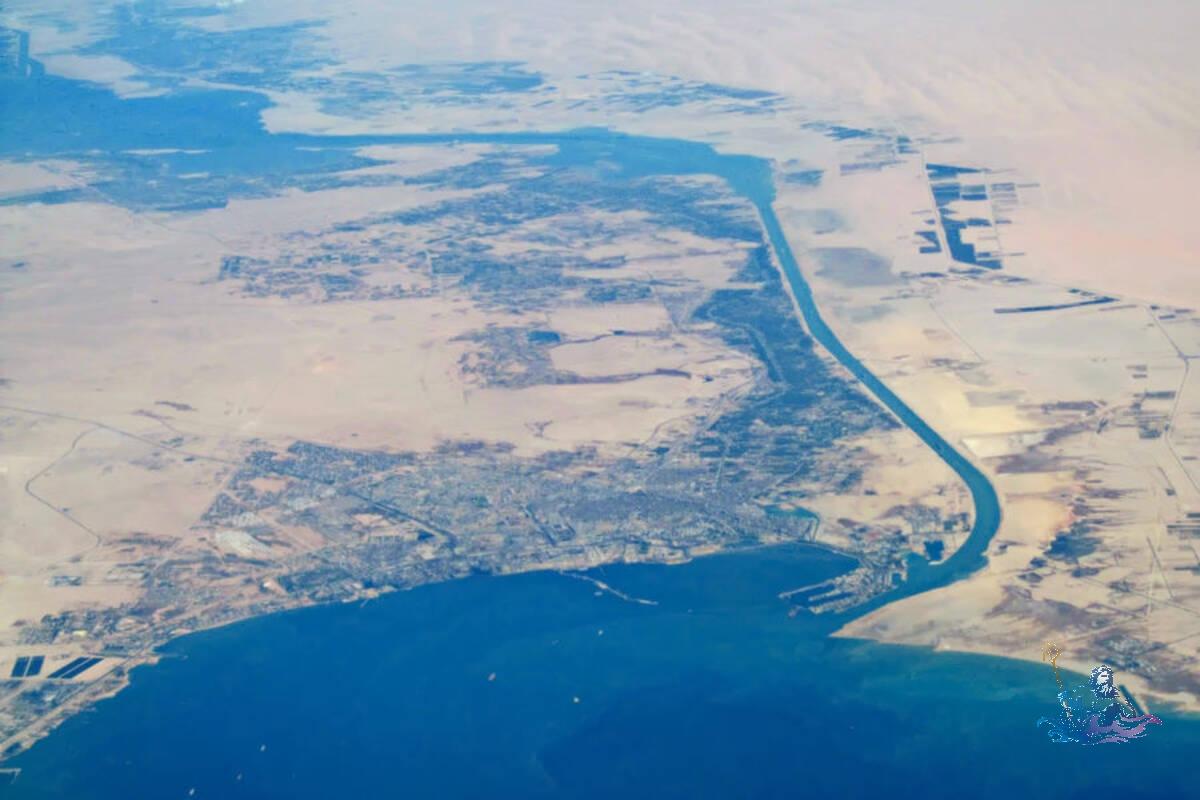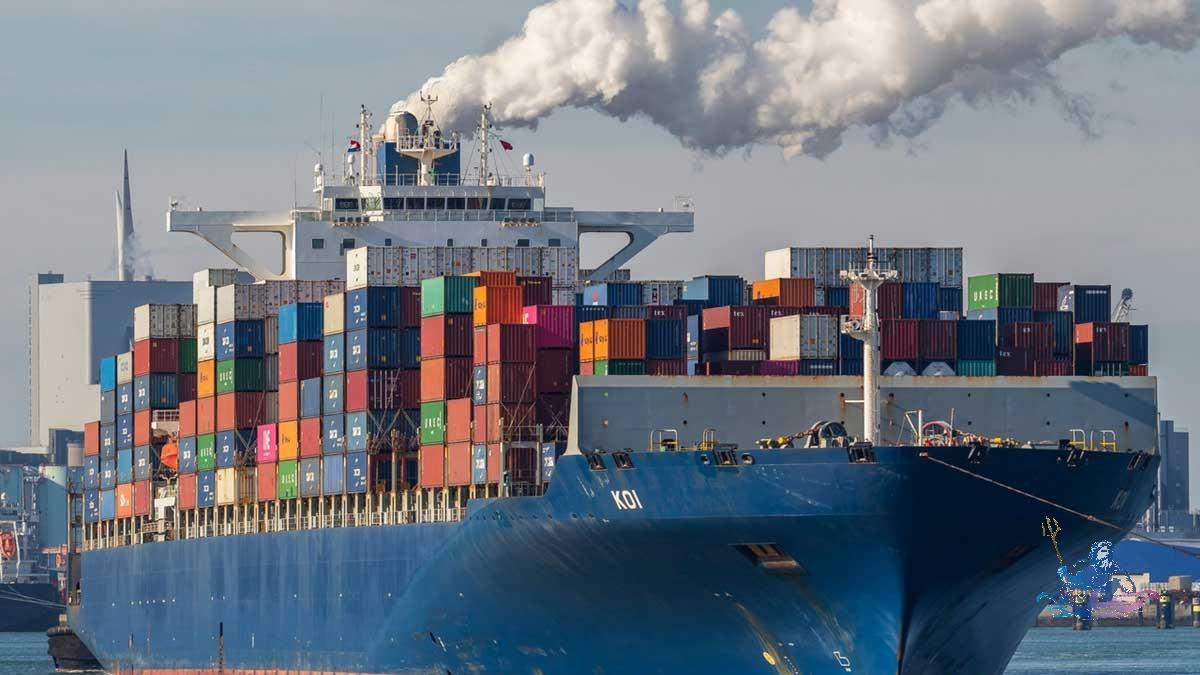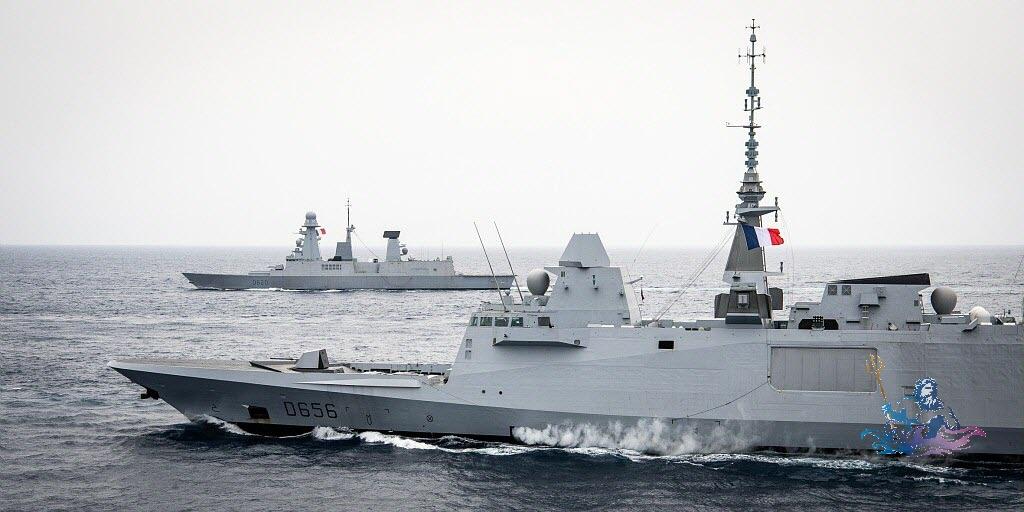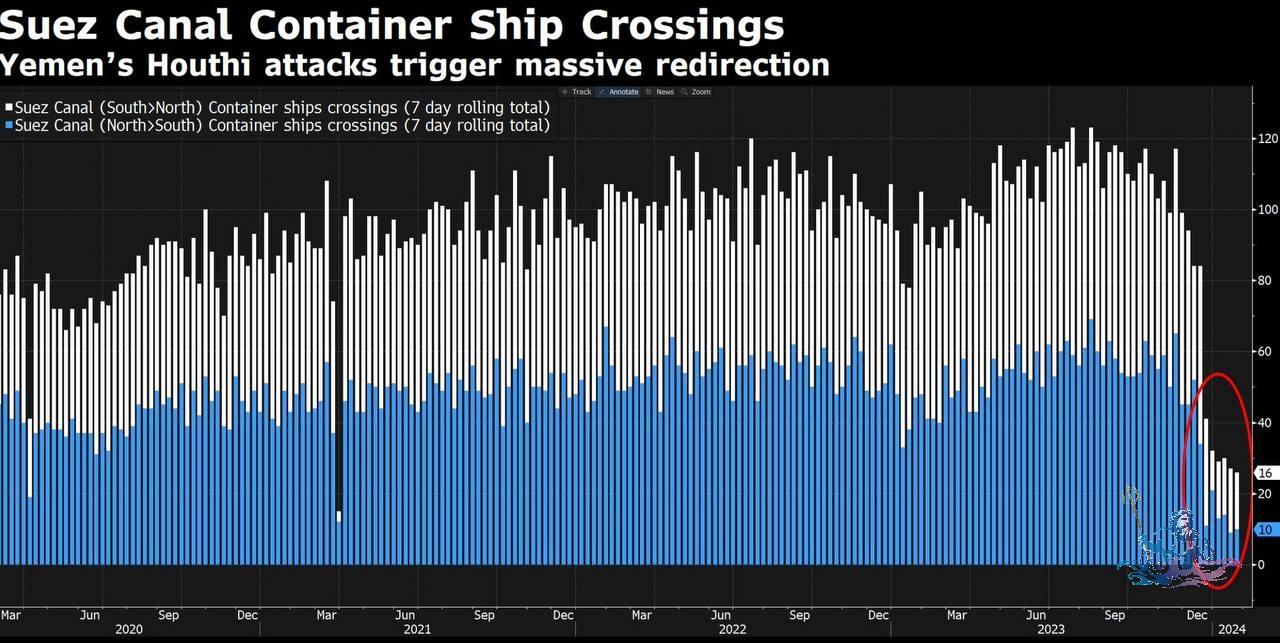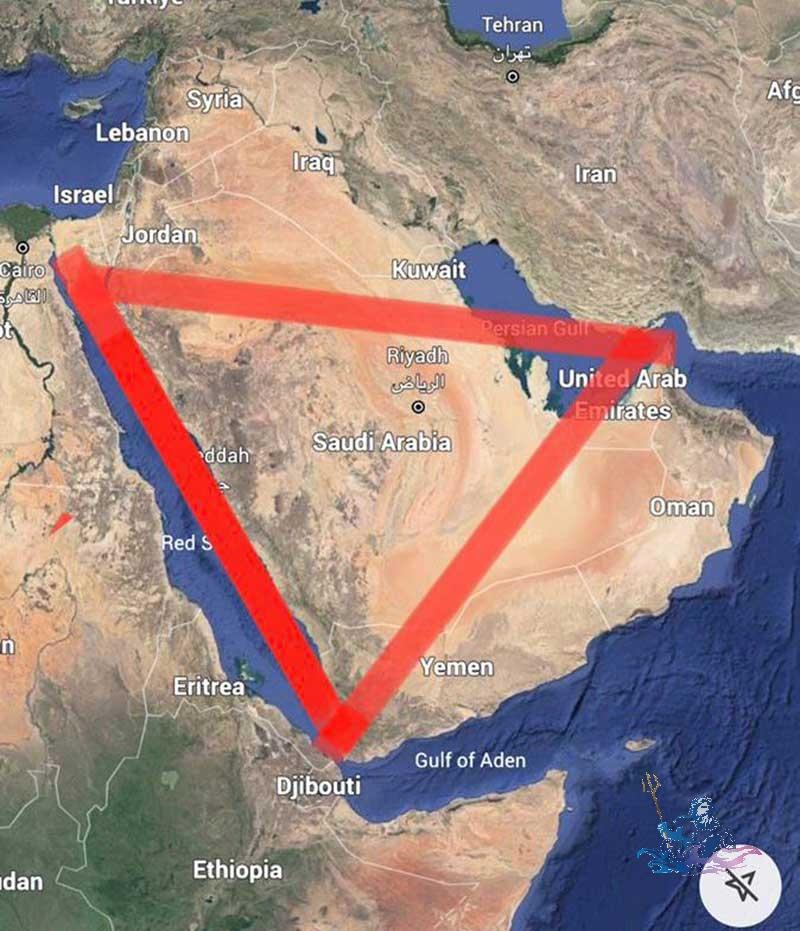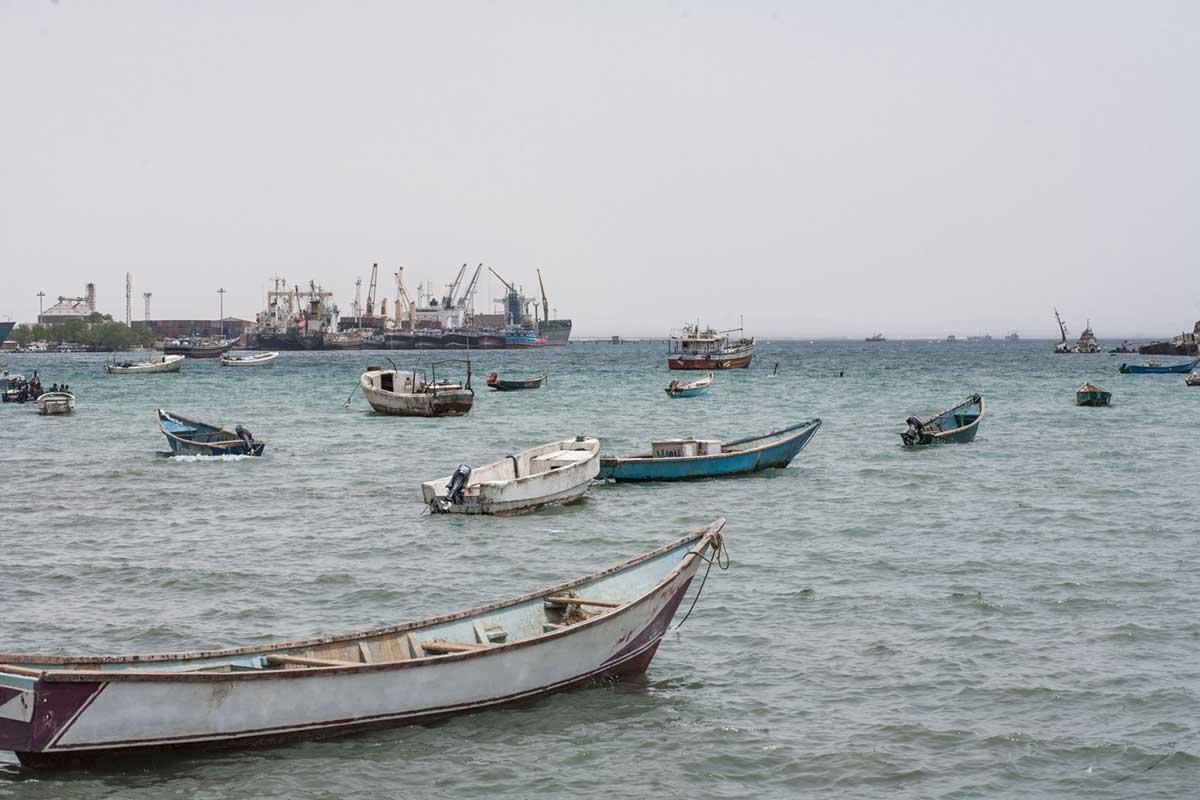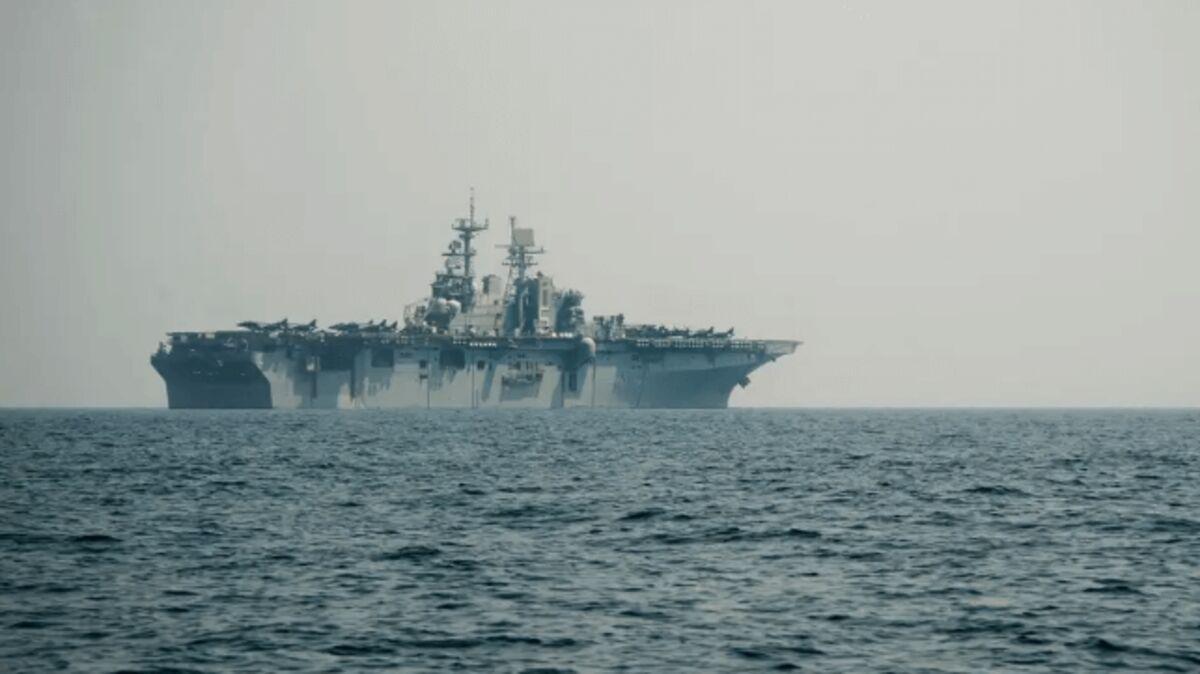China takes the Arctic Route: First ship set to arrive in Europe via the Northeast Passage
The Europe #Arctic Express and could revolutionize European trade, shortening the distance between #China and #Europe by ten days (it takes 18 days via the Arctic, compared to about 30 using the Suez Canal).
The ship will set sail with 5,000 containers from the port of Qingdao, opposite North Korea, and then dock in Europe at the ports of Felixstowe in Great Britain, Rotterdam, Hamburg, and Gdansk. A stable flow of ships through this new route would render the ports of the Mediterranean marginal. This revolution was made possible by climate change. The shrinking of the polar ice cap is significantly accelerating the melting of the ice, which in those latitudes is occurring at a rate of 12 percent every ten years. It is only “thanks” to this that one can today speak of a “Northwest Passage.” In recent years, Russian and Chinese container ships have mainly navigated the Arctic route.
According to Norway’s Centre for High North Logistics (CHNL), between the beginning of June and the end of August, approximately 52 Russian or Chinese ships transited through this route, mainly loaded with Russian oil for export.
The Europe #Arctic Express and could revolutionize European trade, shortening the distance between #China and #Europe by ten days (it takes 18 days via the Arctic, compared to about 30 using the Suez Canal).
The ship will set sail with 5,000 containers from the port of Qingdao, opposite North Korea, and then dock in Europe at the ports of Felixstowe in Great Britain, Rotterdam, Hamburg, and Gdansk. A stable flow of ships through this new route would render the ports of the Mediterranean marginal. This revolution was made possible by climate change. The shrinking of the polar ice cap is significantly accelerating the melting of the ice, which in those latitudes is occurring at a rate of 12 percent every ten years. It is only “thanks” to this that one can today speak of a “Northwest Passage.” In recent years, Russian and Chinese container ships have mainly navigated the Arctic route.
According to Norway’s Centre for High North Logistics (CHNL), between the beginning of June and the end of August, approximately 52 Russian or Chinese ships transited through this route, mainly loaded with Russian oil for export.
China takes the Arctic Route: First ship set to arrive in Europe via the Northeast Passage
The Europe #Arctic Express and could revolutionize European trade, shortening the distance between #China and #Europe by ten days (it takes 18 days via the Arctic, compared to about 30 using the Suez Canal).
The ship will set sail with 5,000 containers from the port of Qingdao, opposite North Korea, and then dock in Europe at the ports of Felixstowe in Great Britain, Rotterdam, Hamburg, and Gdansk. A stable flow of ships through this new route would render the ports of the Mediterranean marginal. This revolution was made possible by climate change. The shrinking of the polar ice cap is significantly accelerating the melting of the ice, which in those latitudes is occurring at a rate of 12 percent every ten years. It is only “thanks” to this that one can today speak of a “Northwest Passage.” In recent years, Russian and Chinese container ships have mainly navigated the Arctic route.
According to Norway’s Centre for High North Logistics (CHNL), between the beginning of June and the end of August, approximately 52 Russian or Chinese ships transited through this route, mainly loaded with Russian oil for export.








